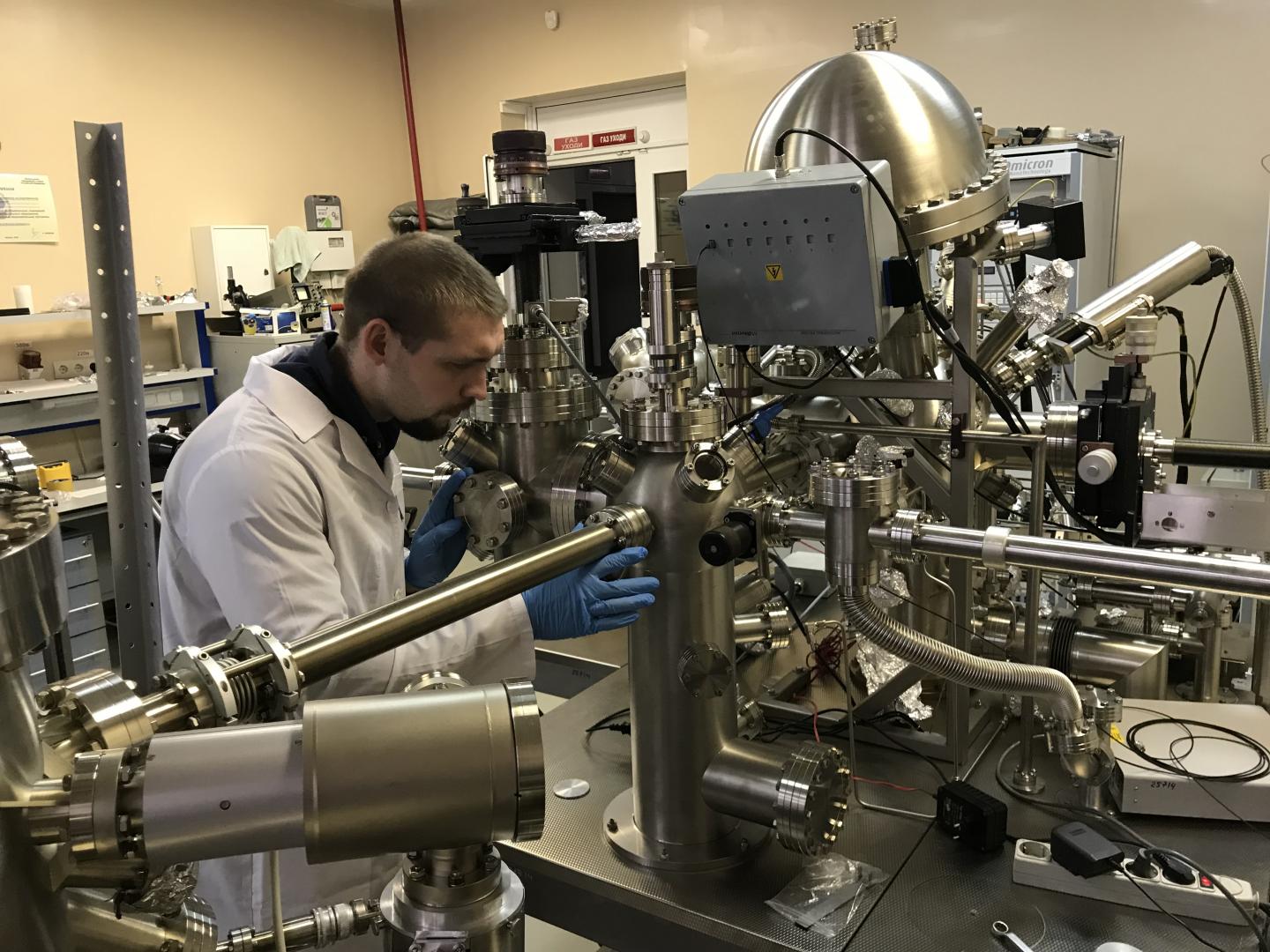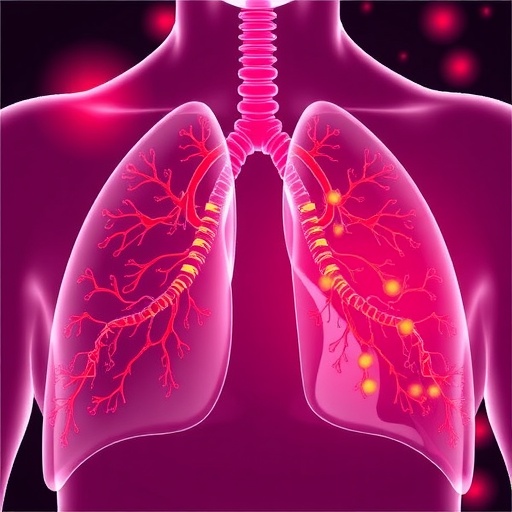
Credit: FEFU press office
Using the method of micromagnetic simulation, scientists have found the magnetic parameters and operating modes for the experimental implementation of the fast racetrack memory module running on the spin current. The information carrier in the new type of memory will be the skyrmionium that allows storing more data and read them faster. An article about that is published in Scientific Reports journal.
Young scientists from the Laboratory for Thin Film Technologies of the School of Natural Sciences of Far Eastern Federal University (FEFU), and South Ural State University (SUSU) have investigated the stability of skyrmionium in a magnetic material and suggested using it to build a new type of racetrack memory (domain-wall memory). Earlier it was proposed to produce such kind of memory devices on the base of magnetic configuration of a skyrmion – a topologically stable vortex-like spin configuration. Skyrmionium turned out to be more promising for information storing.
Devices operating under the principle of racetrack memory are expecting to have a much more data storage space compared to modern USB flash drives and HDDs. Also, data read /write speed and storage lifetime are supposed to be significantly increased in such devices.
"We carried out a comprehensive study of the nucleation, motion and annihilation processes of the skyrmionium under the influence of spin current. The outcome allows one to organize the processes of recording, storing and reading information in magnetic memory. By varying the magnetic parameters of the system and the current density, it is possible to obtain different data reading/writing speed and bit density. Also, topological features of skyrmionium allow to significantly increase the data recording density. We investigated the impact of the spin current on the skyrmionium stability in order to determine the technological conditions and modes of operation of our memory. Importantly, in the skyrmionium it became possible to overpass the skyrmion-inherent limitations. Particularly, the Magnus effect which leads to loss of data for the skyrmion is fully compensated in skyrmionium." Clarified one of the authors of the work Alexander Kolesnikov, researcher of Laboratory for Thin Film Technologies, FEFU.
The scientist told about the new way of the skyrmionium nucleation based on the principle of nanofabrication. This avoids the labor-consuming process of the installation of additional nanocontacts in the magnetic module. Thus, the unique production technology of racetrack memory devices, proposed by scientists of FEFU and SUSU, is simpler and cheaper than the technologies of other researchers.
To fabricate the racetrack memory modules scientists suggest a sandwich-concept: a heavy metal (platinum, ruthenium, tantalum, etc.) is covered with a thin ferromagnetic layer about one nanometer thick, which in turn is covered with another layer of heavy metal to avoid oxidation of the ferromagnetic.
Skyrmionium-based memory does not require external sources of energy. The racetrack memory disk will store the data even if the computer is not connected to the power supply for a long time. Also, the number of write cycles will not be limited. That distinguishes the magnetic racetrack memory technology from SSD technology, which is energy-related and has a finite number of rewriting cycles.
Racetrack memory (domain-wall memory) a type of non-volatile memory working not on the principle of the read-and-write head of HDD but on the movement of magnetic domains which are stable magnetic states in the nanotracks driven by a spin current. The magnetization in the domain can switch between two positions, for example, up and down. This is the most principle of recording information in magnetic memory which allows writing binary code by alternating the sequence "0" and "1".
Recently scientists of the Laboratory of Thin Film Technologies, FEFU, and their colleagues from Australia have developed a technology for capture, quick delivery, and chemical analysis of organic and non-organic molecules. The discovery may be used for finding more productive solutions in microbiology, medicine, chemistry, and biochemistry, namely for the cases that require quick identification of dangerous and toxic substances, cancer markers, and metabolites of pathogenic microorganisms in trace concentrations. The technology is able to decrease the duration of laboratory studies from several days to several hours.
###
Original article:
Skyrmionium – high velocity without the skyrmion Hall effect https://www.nature.com/articles/s41598-018-34934-2
Media Contact
Alexander Zverev
[email protected]
http://https://www.dvfu.ru/en/
Related Journal Article
http://dx.doi.org/10.1038/s41598-018-34934-2





